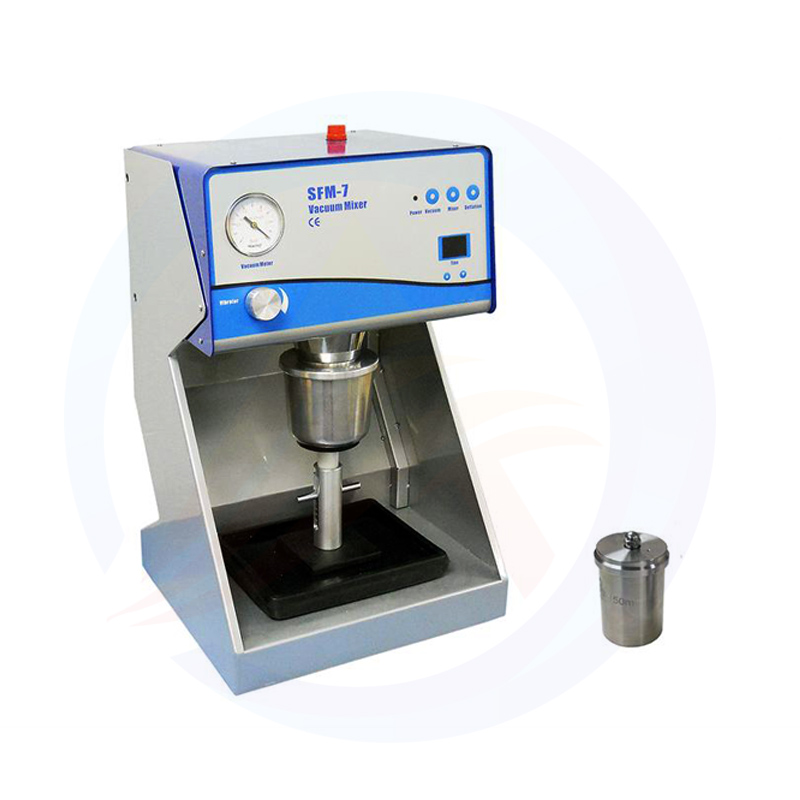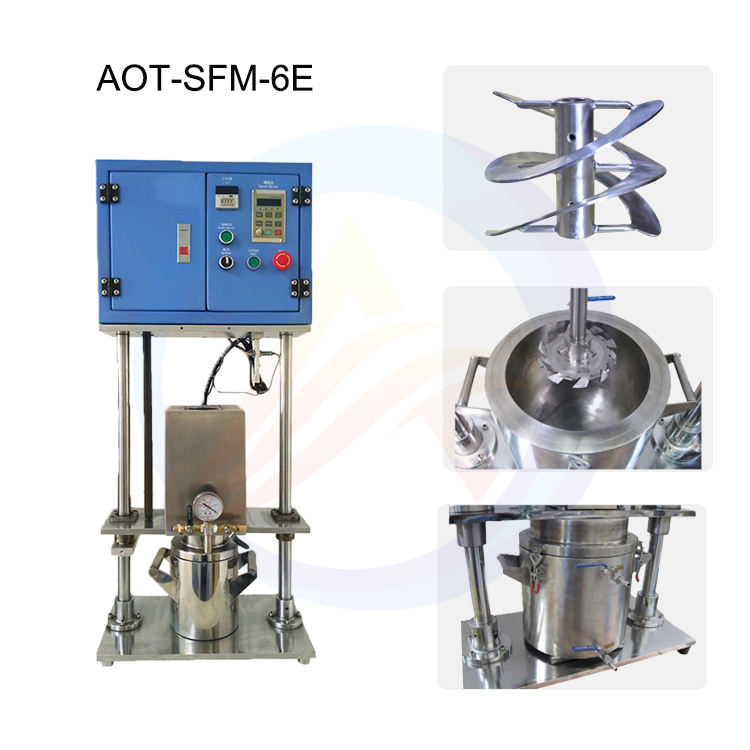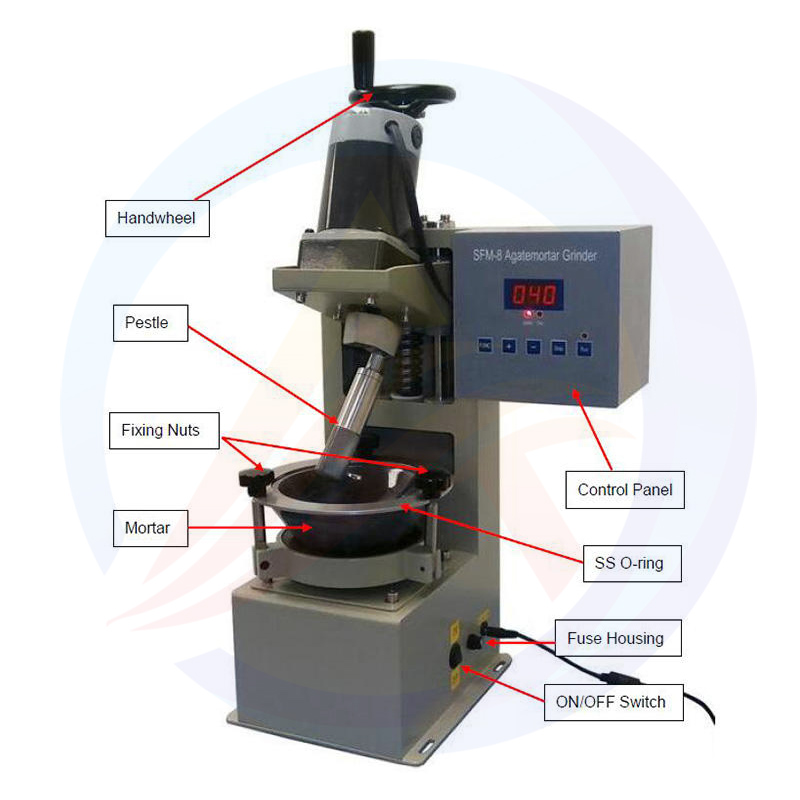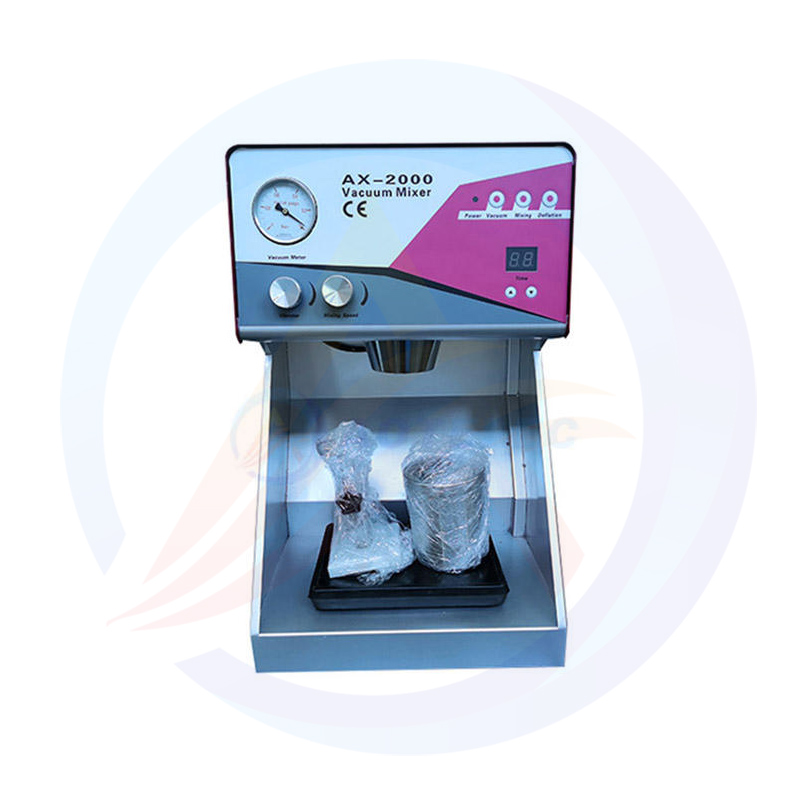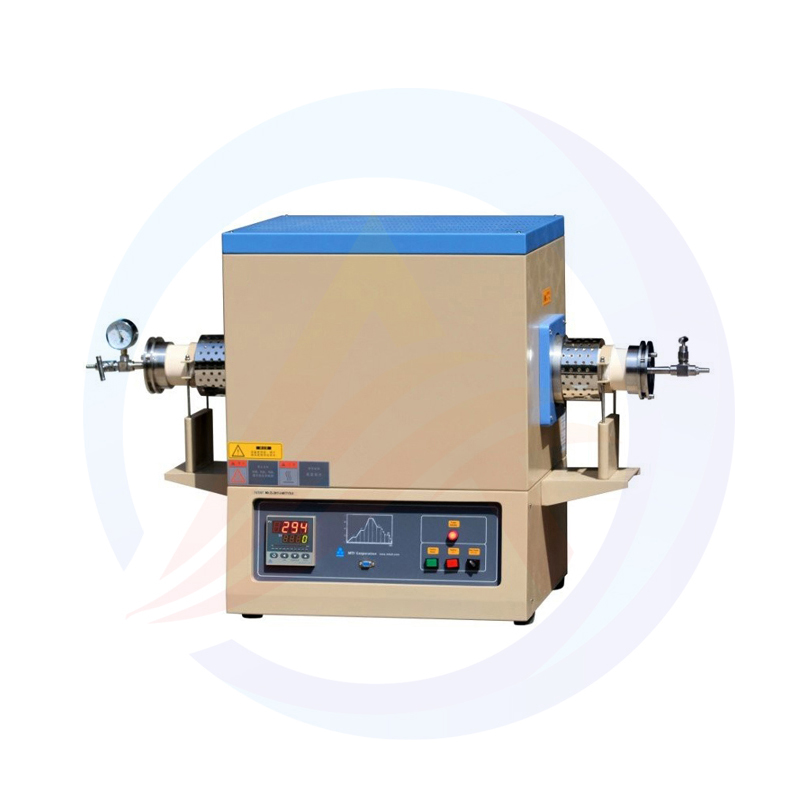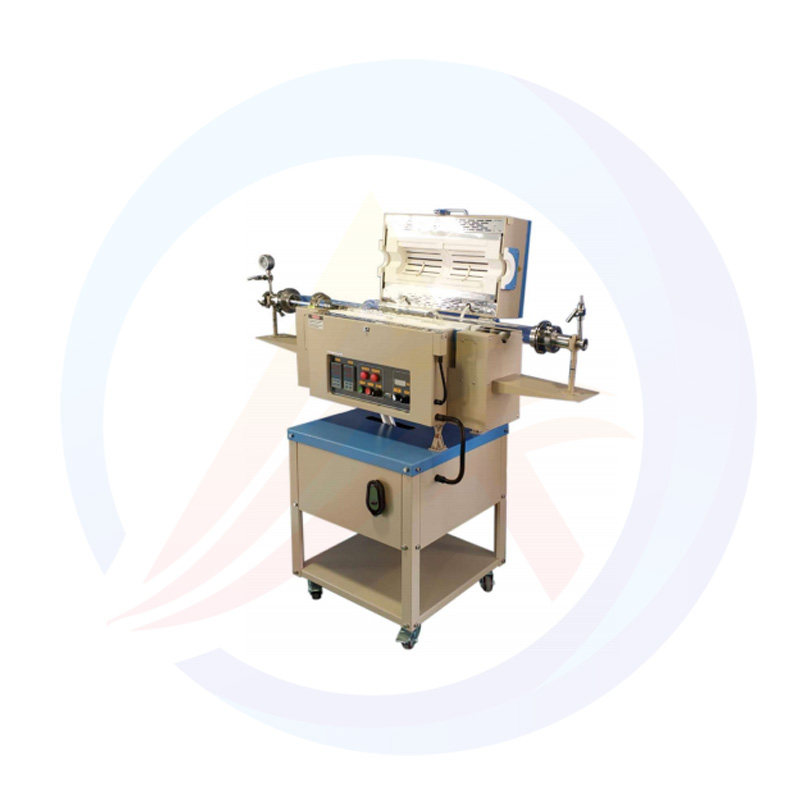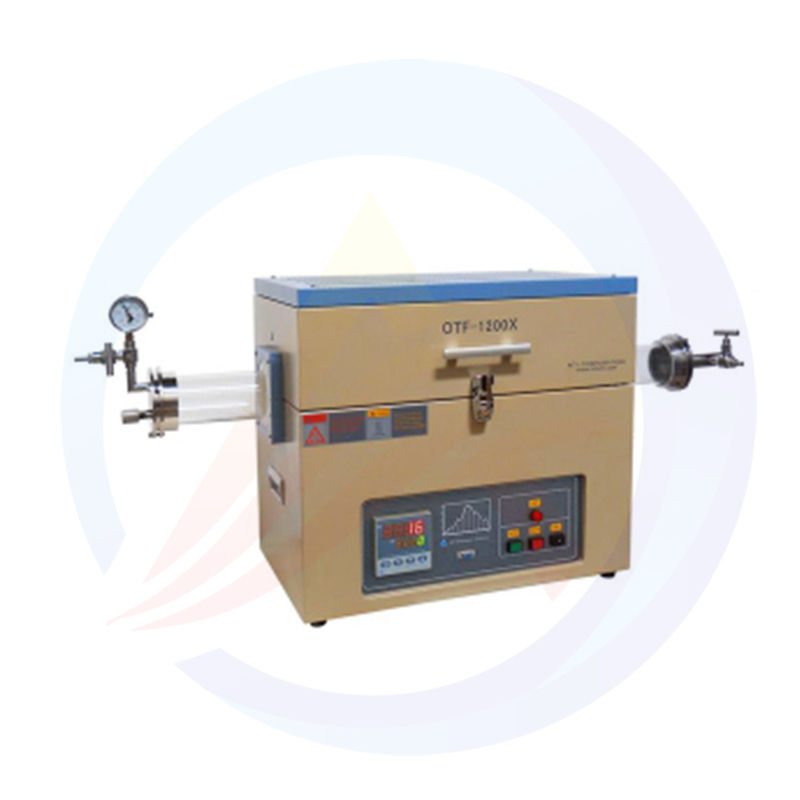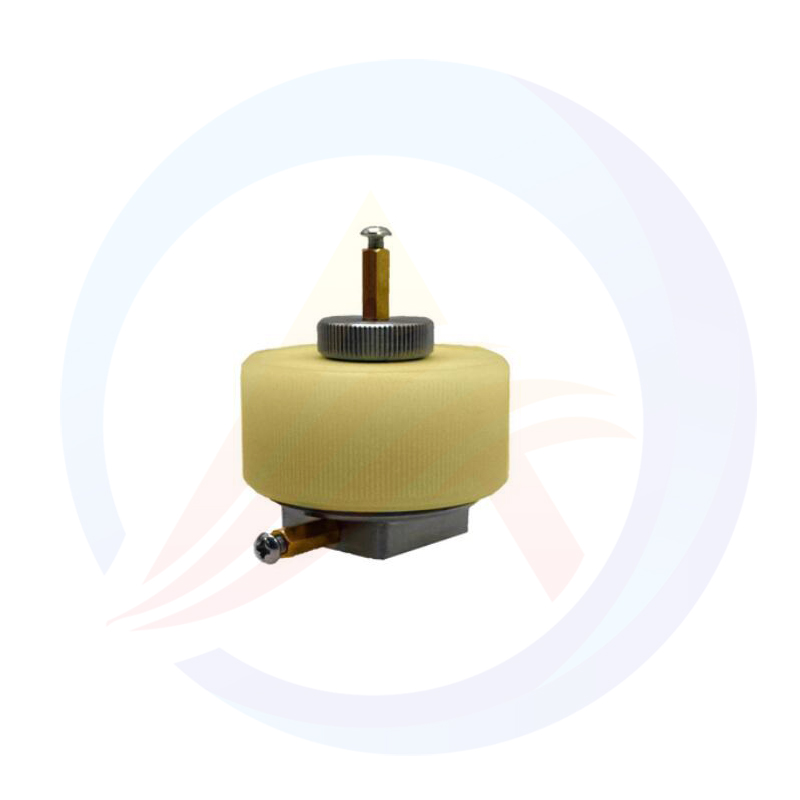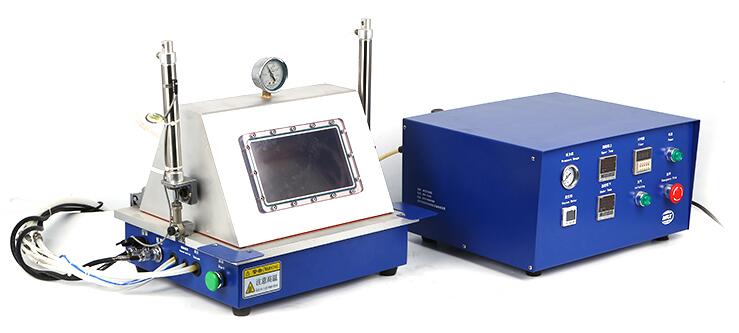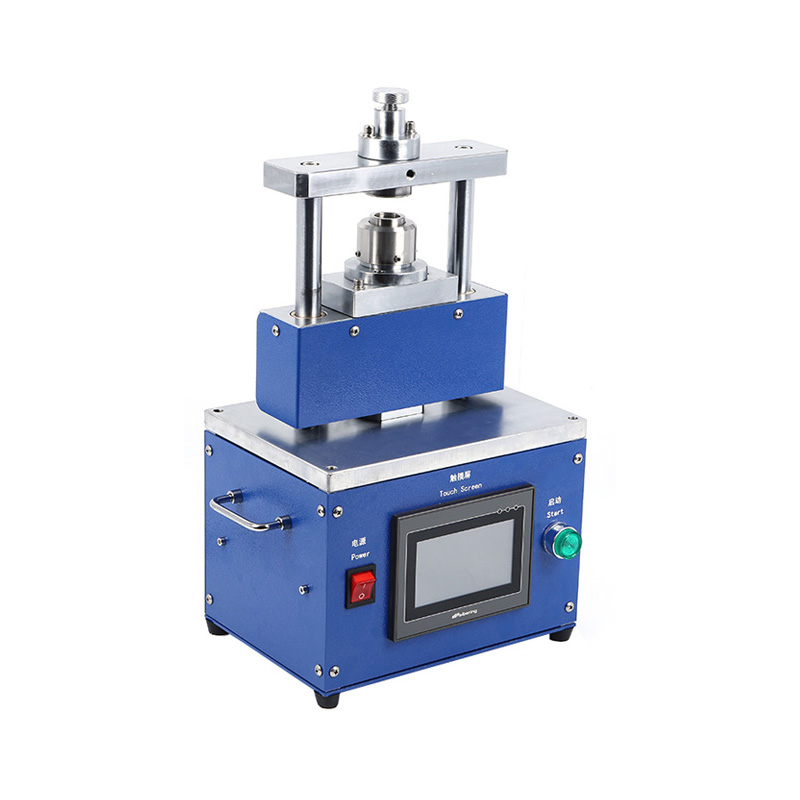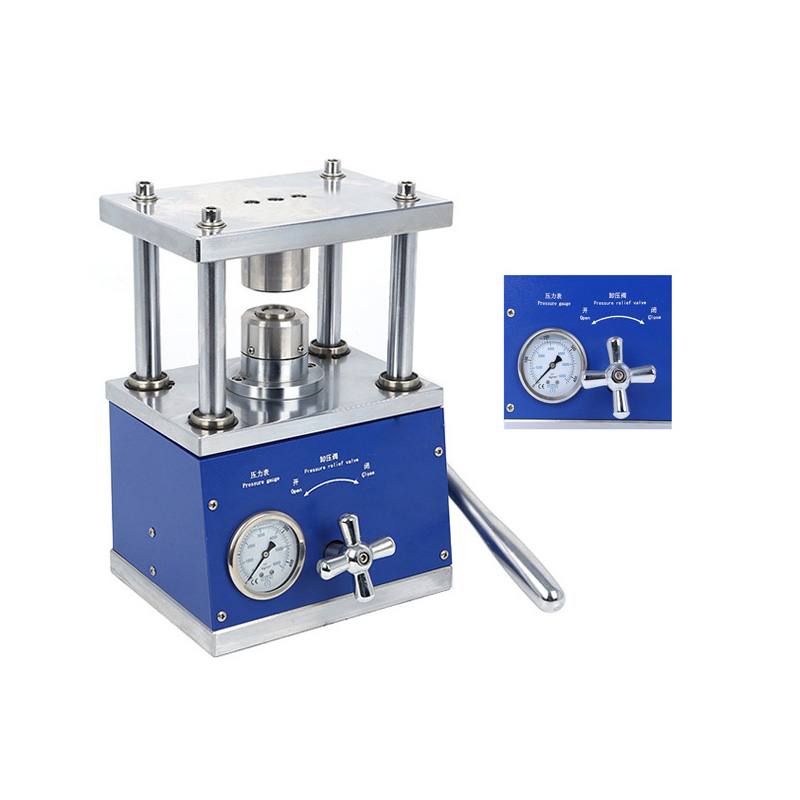In the wide application of modern electronic equipment, lithium battery as an important energy storage device, the sealing link in its manufacturing process is very important. As a key equipment, the sealing machine is used to achieve the sealing of lithium batteries, ensure the safety of battery internal components and electrolytes, and provide stable battery performance and life.
1, the role and significance of lithium battery sealing machine
(1) Battery internal protection: The main role of the sealing machine is to ensure that the internal components and electrolyte of the lithium battery are effectively sealed to prevent electrolyte leakage and external impurities. Excellent sealing can improve the safety of the battery, reduce the risk of battery short circuit and leakage, and protect the electrochemical reaction and structural integrity of the battery.
(2) Battery performance optimization: The correct sealing can help achieve a uniform distribution of positive and negative electrode materials inside the battery, and maintain appropriate pressure, thereby improving the performance and energy density of the battery. The sealing process has an important impact on the structure, capacity and cycle life of the battery, especially in high power and high temperature operating environments.
(3) Production efficiency and consistency: The use of sealer can improve the manufacturing efficiency and consistency of lithium batteries. The automatic sealing machine can achieve fast, accurate and consistent sealing operation, avoiding errors and inconsistencies caused by human operation. This helps to improve production efficiency and reduce manufacturing costs.
2, the application principle of lithium battery sealing machine
Lithium battery sealer generally uses the principle of heat sealing or cold sealing to achieve the seal of the battery. Here is a brief introduction to the two principles:
(1) Heat sealing principle: heat sealing is one of the commonly used sealing methods. The method is to heat the sealing head of the sealing machine (usually a metal head with a sealing shape), so that it reaches a certain temperature after contact with the battery shell, so that the contact part of the hot melt phenomenon, so as to achieve the sealing of the battery. Temperature and sealing time are key parameters that need to be adjusted for different battery types and sealing requirements.
(2) Cold sealing principle: cold sealing is also one of the commonly used sealing methods. This method uses pressure to compress a material such as a sealing gasket or O-ring between the battery housing and the cover plate to achieve the seal of the battery. Sealing pressure is a key parameter of cold sealing, which needs to ensure adequate sealing performance while avoiding damage to the internal structure of the battery.
3, lithium battery sealing machine operation process
(1) Preparation: Before sealing, a series of preparation work needs to be carried out. First, prepare the appropriate sealer model and sealing head to adapt to different sizes and types of lithium batteries. Secondly, prepare sealing materials, such as sealing gaskets, O-rings and rubber strips. In addition, it is equipped with necessary auxiliary equipment and tools, such as vacuum pumps and pressure gauges.
(2) Sealing material loading: load the appropriate sealing material to the position of the sealing machine. Ensure material accuracy, consistency and correct placement, and adjust and fix accordingly.
(3) Sealing parameter setting: According to the specific battery specifications and requirements, set the appropriate sealing parameters. This includes sealing temperature, sealing time, sealing pressure and vacuum degree. The selection of parameters will directly affect the sealing effect and quality, and need to be adjusted and optimized according to experience.
(4) Sealing process control: start the control system of the sealing machine and seal the operation according to the set parameters. The process usually includes multiple stages such as heating, pressure control, vacuum treatment, and sealing and curing. It is necessary to ensure that the control at each stage is stable, accurate and reliable.
(5) Sealing quality inspection: After the sealing is completed, the sealing quality inspection is carried out. It can be inspected by means of appearance observation, pressure test, vacuum test and leak test. The purpose of the inspection of the sealing quality is to verify that the sealing effect meets the requirements, and to adjust and improve if necessary.
4. Future development and innovative applications
Full automation: With the development of technology, the crimping machine will develop in the direction of full automation. The fully automated sealing machine will be able to automate the sealing process, reduce human intervention, improve production efficiency and consistency.
(1) Precise control technology: Accurate temperature, pressure and time control is the key to sealing technology. Future developments will focus on improving the control accuracy of the sealing machine to achieve higher quality sealing results.
(2) Multi-function sealing machine: The future sealing machine may add more functions, such as vacuum sealing, gas charging and battery negative pressure sealing. This will meet the different types and needs of lithium battery manufacturing.
Lithium battery sealer plays a crucial role in battery manufacturing. It not only guarantees the safety and performance of the battery, but also improves manufacturing efficiency and consistency. Understanding the role, application principle and operation process of the sealer is crucial for experienced manufacturers of lithium battery materials and equipment. By continuously optimizing sealing technology, improving operating processes and opening up innovative applications, lithium battery manufacturing processes can be improved, market demand can be met, and clean energy and sustainable development can be promoted.

